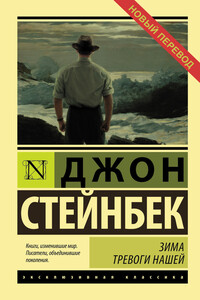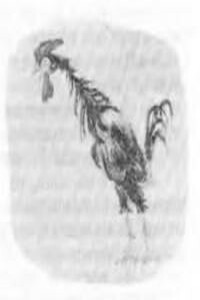“Now this squadron will come in from this
direction,” the pointer traces the road, making a black shadow on the screen.
The pointer stops at three long, narrow buildings, side by side. “This is your
target. They make small engine parts here. Knock it out.” He mentions times and
as he does a sergeant marks the times on a blackboard. “Standby at such a
time, take-off at such a time. You will be over your target at such a time, and
you should be back here by such a time.” It is all on the minute—5:52 and 9:43.
The incredible job of getting so many ships to a given point at a given time
means almost split-second timing.
The Intelligence officer continues: (Next three
sentences cut by censor.) “Good luck and good hunting.” The lights flood on.
The pictured city disappears. A chaplain comes to the front of the room. “All
Catholics gather at the back of the room,” he says.
The crews straggle across the way to the mess
hall and fill their plates and their cups, stewed fruit and scrambled eggs and
bacon and cereal and coffee.
The Mary Ruth’s crew is almost gay. It
is a reaction to the bad time they had the night before. All of the tension is
broken now, for there is work and flying to be done, not waiting. The tail
gunner says, “If anything should happen today, I want to go on record that I
had prunes for breakfast.”
They eat hurriedly and then file out, washing
their dishes and cups in soapy water and then rinsing them in big caldrons near
the door.
Dressing is a long and complicated business.
The men strip to the skin. Next to their skins they put on long light woolen
underwear. Over that they slip on what looks like long light-blue-colored
underwear, but these are the heated suits. They come low on the ankles and far
down on the wrists, and from the waists of these suits protrude electric plugs.
The suit, between two layers of fabric, is threaded with electric wires which
will carry heat when the plug is connected to the heat outlet on the ship. Over
the heated suit goes the brown cover-all. Last come thick, fleece-lined heated
boots and gloves which also have plugs for the heat unit. Next goes on the Mae
West, the orange rubber life preserver, which can be inflated in a moment. Then
comes the parachute with its heavy canvas straps over the shoulders and between
the legs. And last the helmet with the throat speaker and the earphones
attached. Plugged in to the intercommunications system, the man can now
communicate with the rest of the crew no matter what noise is going on about
him. During the process the men have got bigger and bigger as layer on layer of
equipment is put on. They walk stiffly, like artificial men. The lean waist
gunner is now a little chubby.
They dress very carefully, for an exposed place
or a disconnected suit can cause a bad frostbite at 30,000 feet. It is
dreadfully cold up there.
It is daylight now and a cold wind is blowing.
The men go back to the armament room and pick up their guns. A truck is waiting
for them. They stow the guns carefully on the floor and then stiffly hoist
themselves in. The truck drives away along the deserted runway. It moves into a
side runway. Now you can see the ships set here and there on the field. A
little group of men is collected under the wings of each one.
“There she is,” the ball-turret man says. “I
wonder if they got her nose repaired.” It was the Mary Ruth that got her
nose smashed by cartridge cases from a ship ahead. The truck draws up right
under the nose of the great ship. The crew piles out and each man lifts his gun
down tenderly. They go into the ship. The guns must be mounted and carefully
tested. Ammunition must be checked and the guns loaded. It all takes time.
That’s why the men were awakened so long before the take-off time. A thousand
things must be set before the take-off.
THE GROUND CREW
BOMBER STATION IN ENGLAND, July 2, 1493—The
ground crew is still working over the Mary Ruth. Master Sergeant Pierce,
of Oregon, is the crew chief. He has been long in the Army and he knows his
engines. They say of him that he owns the






